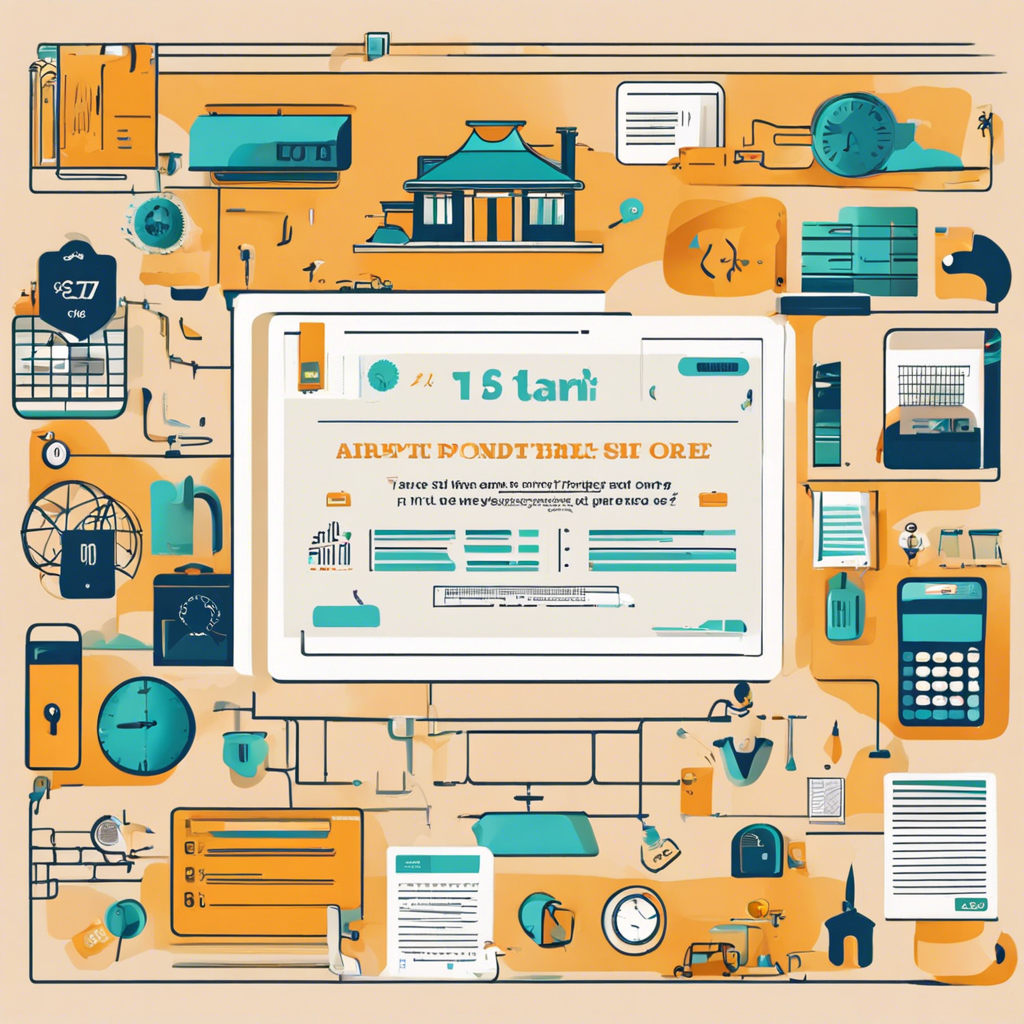Americans’ debt burden has reached staggering proportions, with the average household carrying nearly $146,000 in debt. This includes mortgages, credit card balances, car loans, and other forms of debt. While some debt, such as a mortgage, may be necessary and even beneficial in the long run, excessive debt can weigh heavily on individuals and families, impacting their financial stability and overall well-being. It’s therefore crucial to develop smart strategies to reduce and manage debt effectively. Here are some practical steps you can take to tackle your debt and regain financial freedom.
Firstly, assess your debt portfolio to understand what you’re dealing with. List all your debts, including the creditor or lender, the total amount owed, interest rates, and minimum monthly payments. You might have credit card debt, student loans, a car loan, or a mortgage. Understanding the details of each debt will help you prioritize and strategize your repayment plan.
Creating a budget is a vital step in gaining control of your finances. Start by calculating your monthly income, including all sources of income, and list your essential expenses, such as rent or mortgage, utilities, groceries, and transportation. Then, factor in discretionary spending, such as entertainment and vacations, which can be reduced if needed to accelerate debt repayment. Allocate a fixed amount each month to cover these expenses and ensure you can meet your debt obligations.
Focus on high-interest debt first. Typically, credit cards carry higher interest rates than other forms of debt. Aim to pay off credit card balances as quickly as possible to prevent interest charges from accumulating. Consider transferring balances to a low- or no-interest credit card, but be mindful of fees and duration restrictions. If possible, negotiate lower interest rates with your credit card company or seek a consolidation loan with more favorable terms.
Make it a habit to pay more than the minimum monthly payment. Minimum payments are designed to prolong your debt journey, as they often barely cover the interest accrued. By paying more than the minimum, you’ll reduce the principal balance faster and save on overall interest. Even a small increase in your monthly payment can make a significant difference over time.
Another strategy is to employ the ‘debt snowball’ method, which involves targeting the smallest debt first while maintaining minimum payments on larger debts. Once the smallest debt is cleared, use the freed-up funds to tackle the next smallest, and so on. This approach helps build momentum and provides a sense of accomplishment, motivating you to stay on track.
These strategies provide a solid framework for reducing your debt. Remember that seeking professional advice from a financial counselor or advisor can also be beneficial, especially if your situation is complex or overwhelming. They can help you explore additional options, such as debt settlement or debt management plans, and guide you toward the best path for your unique circumstances.
In addition to the strategies mentioned above, there are other clever ways to accelerate your debt repayment journey. Consider the following tactics to supercharge your efforts and become debt-free sooner: Firstly, take advantage of windfalls or unexpected money. This could include tax refunds, bonuses at work, or inheritance. Using these lump sums to pay down your debt can significantly reduce the principal balance and shorten the repayment period. Every dollar counts, so embrace frugality by cutting unnecessary expenses. Evaluate your spending habits and identify areas where you can downsize or eliminate costs. For instance, cooking at home instead of dining out or opting for secondhand items instead of always buying new can free up more money to put toward your debt.
You might also consider increasing your income through side hustles or freelancing. This could be anything from driving for a ride-sharing service, renting out your extra space through Airbnb, or leveraging your skills and hobbies to offer services to others. All extra earnings can then be directed toward debt repayment. Just be mindful of taxes and other obligations associated with additional income. Finally, negotiate better terms with your creditors. It never hurts to ask for a lower interest rate, reduced fees, or a more flexible repayment plan. If you’ve been a long-time customer with a good track record of repayment, creditors may be willing to accommodate your request to retain your business. It’s a good idea to document your financial hardship and showcase your commitment to repaying the debt.
Stay committed to your debt repayment journey, and remember that it’s a marathon, not a sprint. It takes time and discipline to reduce debt significantly, but the financial freedom you’ll gain makes it all worthwhile. For ongoing motivation, set short-term goals and celebrate your achievements along the way. Visualize your progress by creating a debt repayment thermometer or chart, and fill it in as you hit milestones. Finally, don’t forget to treat yourself in small, inexpensive ways to maintain your motivation, such as enjoying a picnic in the park or trying a new hobby.
Daily strategies and smart money management are key to reducing debt and achieving financial stability. By implementing these practical steps and seeking professional guidance when needed, you can break free from the burden of debt and secure a brighter financial future. Stay focused, and know that you’re on the path to a more prosperous and secure life.










